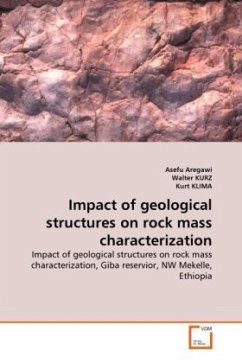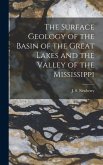The reservoir quality of the Cotton Valley sandstones is mainly controlled by depositional environment and subsequent diagenetic overprint. Bioturbation generally results in deteriorating reservoir quality, but it was responsible for preserving porosity in the sandstones. Clean bioturbated sandstones (with less than 10% clay matrix) show the highest porosity and permeability among the other facies. Petrographic analysis of the various facies indicates that three main parameters influenced reservoir quality: (1) the degree of bioturbation, percentage of clay coats and the volume of clay matrix, (2) the amount of quartz cement, and (3) the percentage of clay coatings on grains. Depositional environment controlled the amount of clay matrix/coats, the degree of bioturbation and the amount of carbonate cement. Cotton Valley Sandstones are divided into three main reservoir types: (1) clean bioturbated sandstones with less then 10% clay matrix these are the best reservoir facies; (2) intermediate quality bioturbated sandstones with 10-15% clay matrix and high microporosity; and (3) poor reservoir quality sandstones with abundant cement, mainly quartz and 15% clay matrix.
Bitte wählen Sie Ihr Anliegen aus.
Rechnungen
Retourenschein anfordern
Bestellstatus
Storno








